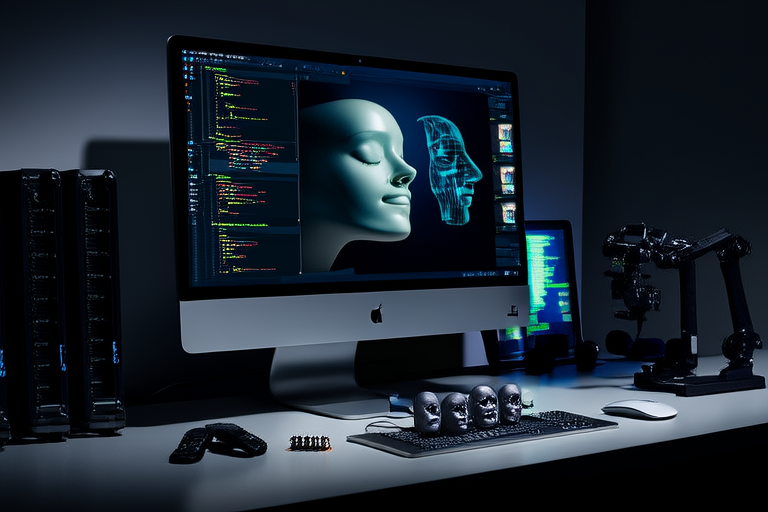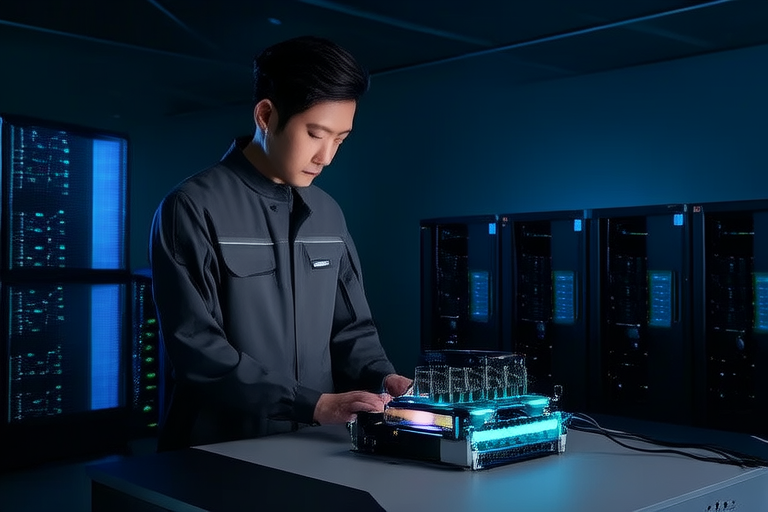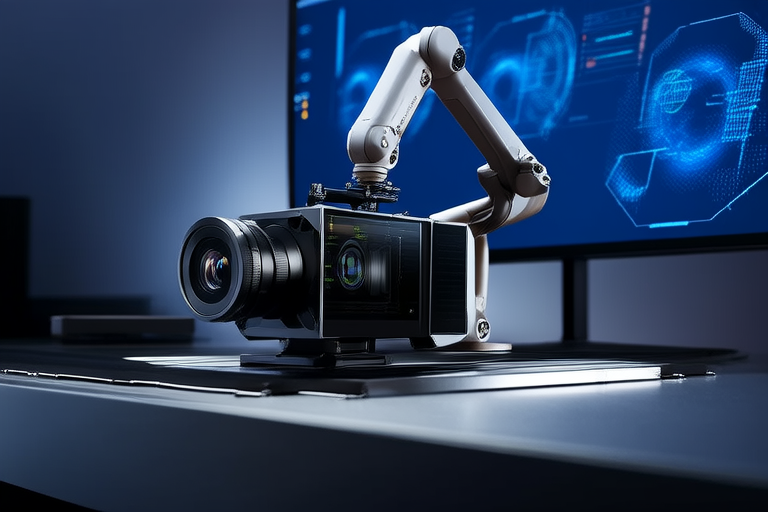“`html
From Pixels to Insights: Exploring the Future of Computer Vision
Introduction
Computer vision is a rapidly advancing field within artificial intelligence that enables machines to interpret and understand visual information from the world around them. By analyzing images and videos, computer vision systems can identify objects, recognize patterns, and make decisions based on visual data. This technology has become increasingly significant in today’s technological landscape, transforming industries ranging from healthcare to automotive and beyond.
Once limited to basic image processing, computer vision has evolved into a sophisticated tool capable of extracting valuable insights. From identifying tumors in medical imaging to enhancing driver safety through autonomous vehicle technology, the potential applications are vast and varied. As we delve deeper into the capabilities of computer vision, it becomes clear that its impact will only continue to grow in the coming years.
The Basics of Computer Vision
At its core, computer vision involves several key components, including image recognition, object detection, and facial recognition. Image recognition refers to the ability of a system to identify and categorize objects within an image, while object detection focuses on locating and labeling specific objects within a scene. Facial recognition, on the other hand, involves identifying individuals based on unique facial features.
To achieve these capabilities, computer vision relies heavily on algorithms and machine learning models. Convolutional Neural Networks (CNNs), for instance, have been instrumental in enabling more accurate and efficient image analysis. Early applications of computer vision included simple tasks like barcode scanning and optical character recognition (OCR). These foundational technologies laid the groundwork for the more advanced systems we see today.
Current Applications
Computer vision is already making significant strides in various industries, offering transformative benefits. In healthcare, it aids in diagnosing diseases by analyzing medical images with greater precision than human eyes alone. For example, deep learning algorithms can detect early signs of cancer in mammograms, potentially saving lives.
In the automotive sector, computer vision powers autonomous driving systems, allowing vehicles to navigate roads safely and efficiently. Retailers use computer vision to enhance customer experiences through personalized recommendations and inventory management. Security systems benefit from facial recognition and object tracking technologies, providing enhanced surveillance capabilities.
Specific use cases include real-time monitoring of manufacturing processes, automated quality control in factories, and virtual fitting rooms in fashion retail. These applications demonstrate how computer vision is not only improving efficiency but also revolutionizing decision-making processes across different sectors.
Technological Advancements
Recent advancements in deep learning and neural networks have significantly propelled computer vision forward. These technologies enable more accurate and faster image processing, reducing computational costs and improving overall performance. Real-time processing has become possible thanks to edge computing, which allows devices to perform complex computations locally rather than relying on cloud servers.
Breakthroughs in sensor technologies have also contributed to the growth of computer vision. High-resolution cameras, LiDAR sensors, and thermal imagers provide richer data inputs, enhancing the accuracy and reliability of vision-based systems. Augmented reality (AR) integration further expands the possibilities, enabling immersive experiences in fields like education, entertainment, and remote collaboration.
Challenges and Limitations
Despite its many successes, computer vision faces several challenges and limitations. Data privacy concerns arise when sensitive information is collected and analyzed, particularly in facial recognition systems. Ethical considerations surrounding the use of computer vision in surveillance and law enforcement must also be addressed.
Bias in training datasets poses another significant challenge, as models may inadvertently perpetuate existing societal inequalities. Handling complex environments or ambiguous situations remains difficult for current systems, limiting their effectiveness in certain contexts. Ongoing research aims to develop more robust algorithms and improve dataset diversity to overcome these hurdles.
Future Prospects
The future of computer vision holds exciting possibilities, with emerging technologies poised to reshape industries and everyday life. Autonomous vehicles, smart cities, and personalized healthcare are just a few areas where computer vision will play a crucial role. As these technologies mature, they promise to enhance safety, convenience, and accessibility for users worldwide.
Computer vision will likely shape our daily lives and work environments in profound ways, from intelligent home assistants to interactive digital interfaces. Businesses and societies stand to gain from increased productivity, better resource allocation, and improved service delivery. However, potential disruptions must also be carefully managed to ensure equitable access and positive outcomes for all stakeholders.
Conclusion
From its humble beginnings in image processing to its current status as a powerful tool for extracting insights, computer vision continues to evolve and expand its reach. The advancements discussed in this article highlight the transformative potential of this technology across multiple domains. By fostering innovation and addressing challenges head-on, we can unlock even greater possibilities for the future.
As computer vision continues to advance, it is essential to remain informed about new developments and consider their broader implications. Continued investment in research and development will be critical for driving progress and ensuring that the benefits of computer vision are felt by everyone. Stay tuned for the next wave of innovations that will undoubtedly change the way we interact with the world around us.
“`



